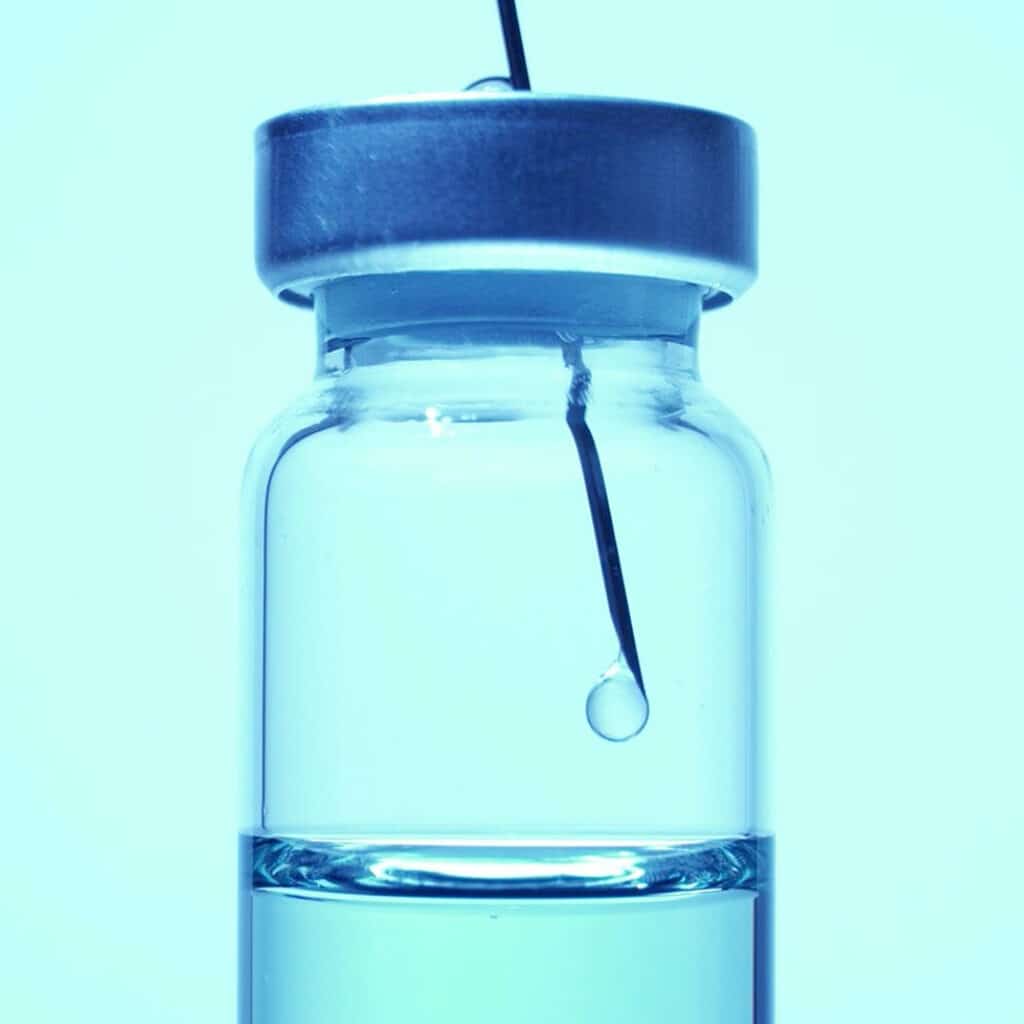Top 7 Toxins To Avoid In Parenteral Product Packaging
What materials are sources of toxins for parenteral products?
Glass, rubber, and plastic materials used in parenteral packaging can release toxins depending upon the nature of the injectable formulation and storage conditions. Additionally, toxins can enter the product formulation during manufacturing or sterilization. Two types of toxins that can be released are extractables and leachables. Extractables are compounds that can be extracted from packaging material in the presence of harsh solvents or elevated temperatures. Leachables are a subset of extractables. Leachables are compounds that bleed into the drug product formulation from the packaging material because of the interaction between the packaging material and the product formulation. For this article, leachables and extractables are used interchangeably.
Why is it important to keep leachables out of injectable products?
Leachables can negatively affect both a patient’s human body and the therapeutic efficacy of an injectable medication. Leachables can cause fever, red blood cell destruction, and cellular toxicity in patients. Regarding therapeutic efficacy, leachables can bind to the active ingredient or its formulation additives, resulting in poor drug solubility, poor drug stability, reduced drug potency, and reduced protection against microbial growth (if antimicrobial agents are present).
How do you prevent toxins from leaching into your parenteral product?
Polysorbate 80 can react with uncoated rubber stoppers to create toxic leachables. To prevent this from happening, substitute polysorbate 80 with human serum albumin or use a coated rubber stopper. Indeed, multiple rubber leachables can be avoided using special coatings such as copolymer films of tetrafluoroethylene (EFTE) and ethylene or a mixture of polyethylene and tetrafluoroethylene (PTFE). Glass leachables can be reduced using either “treated” glass or using special prepared coated glass. When it comes to plastics, replacing polyvinylchloride combinations of polyethylene, polypropropylene, or another plastic with low levels of extractables will reduce leachable risk in your products.
The top leachables that may be negatively impacting your injectable products include:
#1: Phthalates
Phthalates are agents that make plastics durable. Polyvinyl chloride (PVC) plastic bags can leak phthalate plasticizers such as diethylhexylphthalate (DEHP).
#2: Zinc
Zinc is a mineral that is leached from rubber materials, such as those used for vial closure systems.
#3: Nitrosamines
Nitrosamines are genotoxic manufacturing by-products leached from rubber materials, such as those used for vial closure systems.
#4: Stearates
Stearates are salts or esters of stearic acid. Stearates are leached from rubber materials, such as those used for vial closure systems.

#5: Polynuclear Aromatic Hydrocarbons (PAHs)
PAHs occur naturally in coal, crude oil, and gasoline. PAHs are also leached from rubber materials, such as those used for vial closure systems.
#6: Orthophenylphenol
Orthophenylphenol is used as an agricultural fungicide and a disinfectant. Orthopenylphenol can be leached from silicone tubing by formulations containing sulfobutylether cyclodextrin.
#7: Tungsten
Tungsten is a hard, elemental metal that is greyish white as a solid at room temperature. Tungsten can leach from syringe needles and cause protein aggregation in prefilled syringes.
Summary
Overall, leachables can originate from anything that encounters the drug product. Leachables most often form from the interaction between the parenteral drug formulation and its packaging. Leachables can negatively affect both a patient’s human body and the therapeutic efficacy of an injectable medication. The top seven leachables that could be impacting your injectable products are listed above. Make sure you test for these leachables using biological reactivity tests (when applicable). Additionally, use coated rubber stoppers and coated glass to prevent unwanted leachables and ensure the safety of your injectable product. To this end, use a contract manufacturing organization for vial and syringe fillings that considers leachables.
MycoScience is a contract manufacturing organization that specializes in filling sterile syringes and vials for parenteral products. MycoScience also offers Bacterial Endotoxin Testing, Preservative Efficacy Testing, Sterilization Validations, Bioburden Testing, Cleaning Validations, Microbial Aerosol Challenge Testing, Accelerated Aging, Microbiology Testing, Cytotoxicity Testing, EO Residual Testing, Package Integrity Testing & Environmental Monitoring services for medical device companies, and allied industries. MycoScience is an ISO 13485 certified facility.
References
Michael J. Akers. Sterile Drug Products Formulation, Packaging, Manufacture, and Quality. Drugs and the Pharmaceutical Sciences. Informa Healthcare. 2010.
Sharing this in your social netwroks

